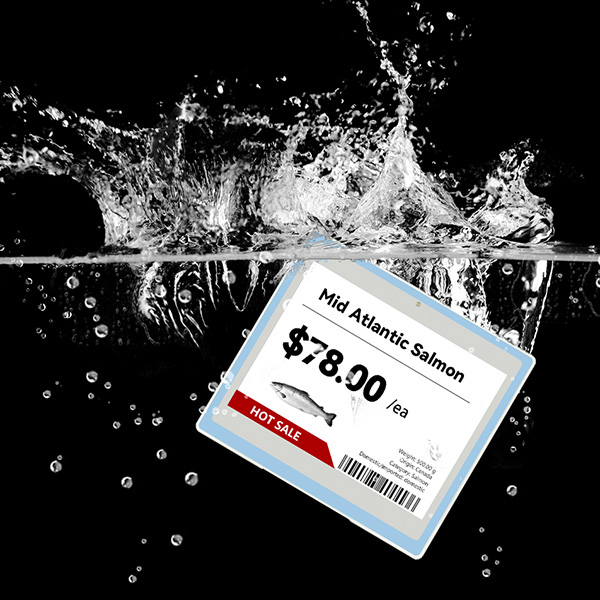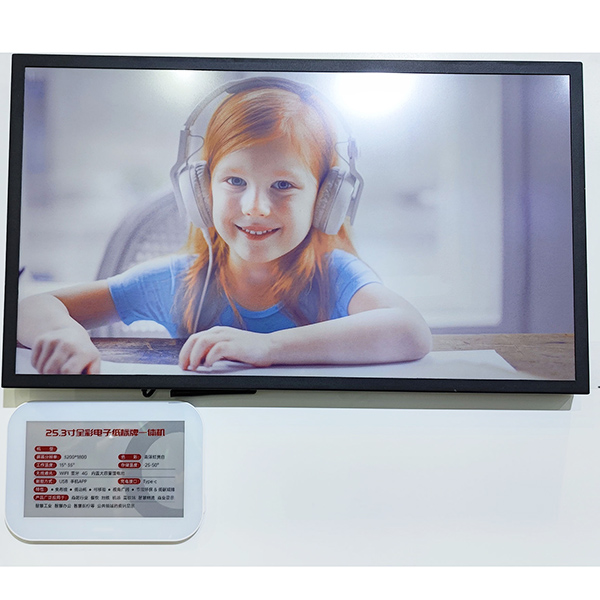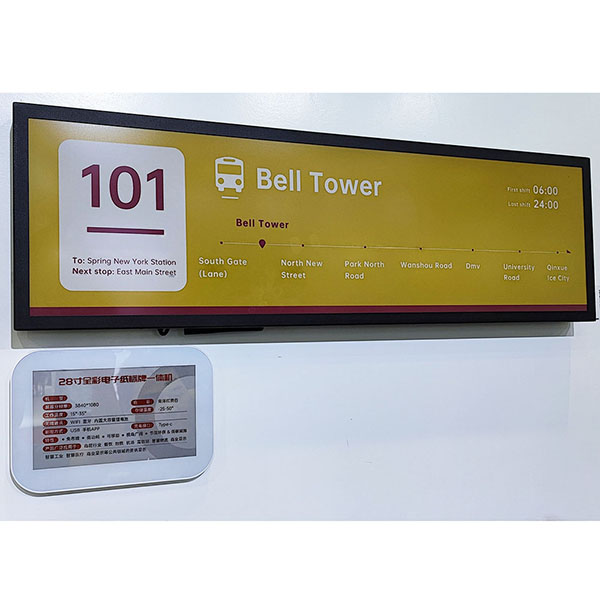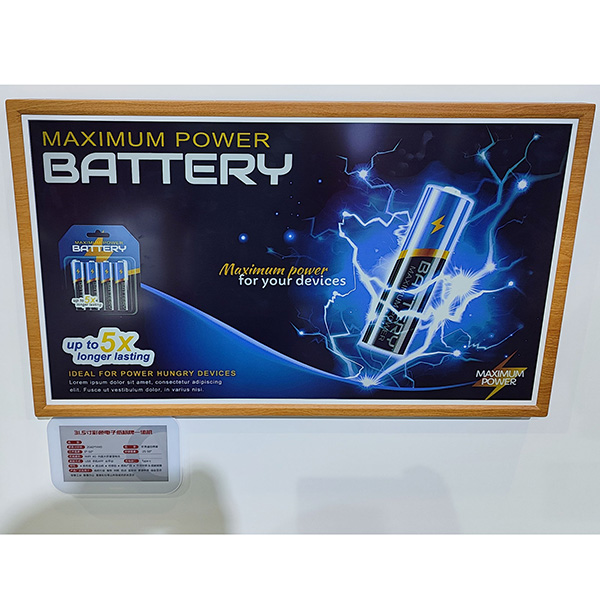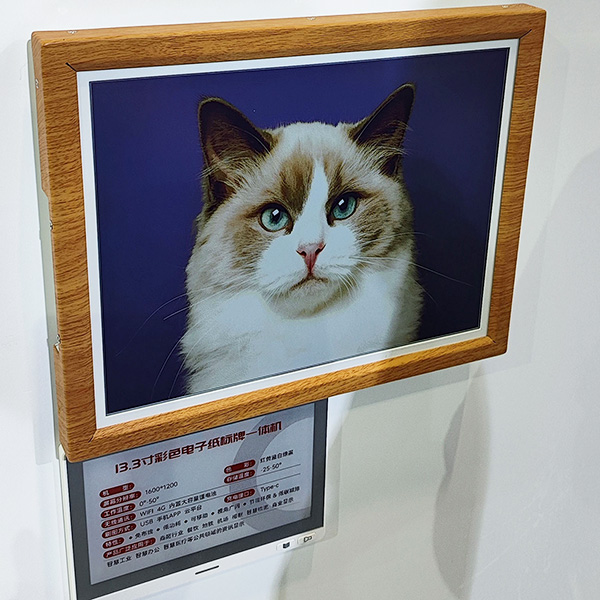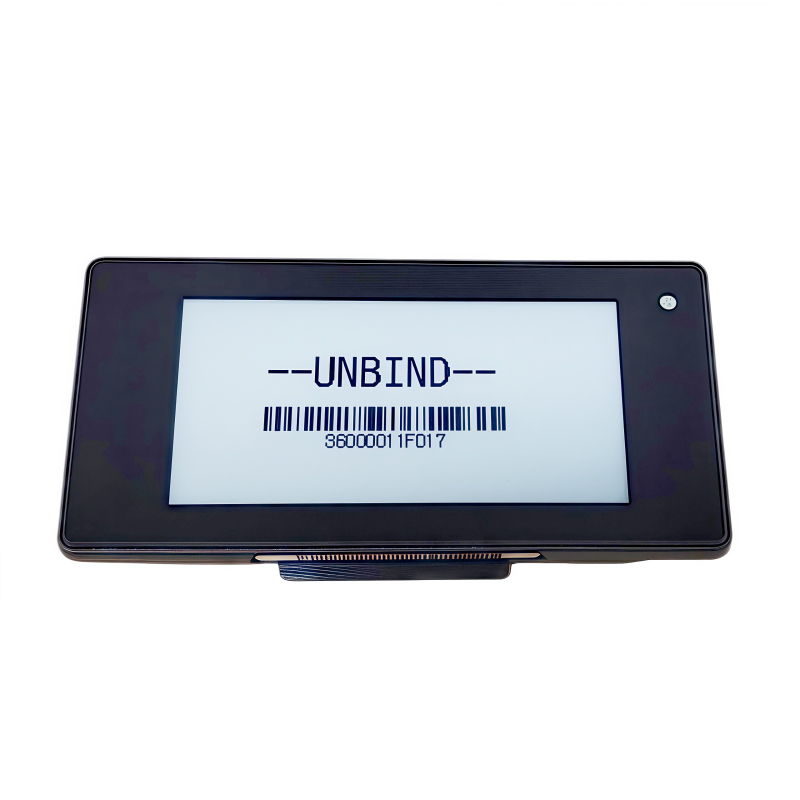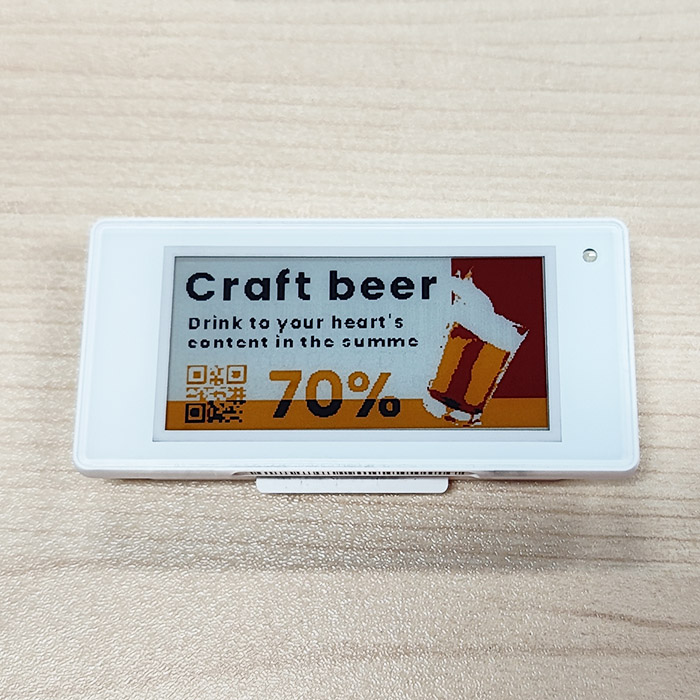1. Hyper-Personalization: Every Shopper, a Unique Experience
Imagine a retail world where every ESL adapts to individual customers in real-time. With AI-powered analytics and facial recognition (or secure smartphone pairing), ESLs will greet customers by name and display personalized discounts or recommendations based on their shopping history, preferences, and even mood.
Walking down the aisle, the labels will change colors and graphics dynamically—suggesting vegan alternatives if they recognize a vegan shopper or highlighting gluten-free products for those with dietary restrictions. Store loyalty programs will be deeply integrated, offering personalized deals based on accumulated points, enhancing both customer loyalty and satisfaction.
2. Augmented Reality (AR) and Immersive Shopping
Future ESLs will serve as gateways to immersive AR experiences. Shoppers will be able to point their smartphones or AR glasses at products, and the ESLs will overlay relevant information directly onto their view—nutrition facts, reviews, origin stories, or even virtual try-ons for apparel.
This phygital (physical + digital) hybrid retail will transform product browsing into a visually engaging journey. Seasonal decorations or themed promotions (e.g., Black Friday or Christmas) could change store-wide ESL displays in an instant, amplifying brand storytelling and consumer engagement.
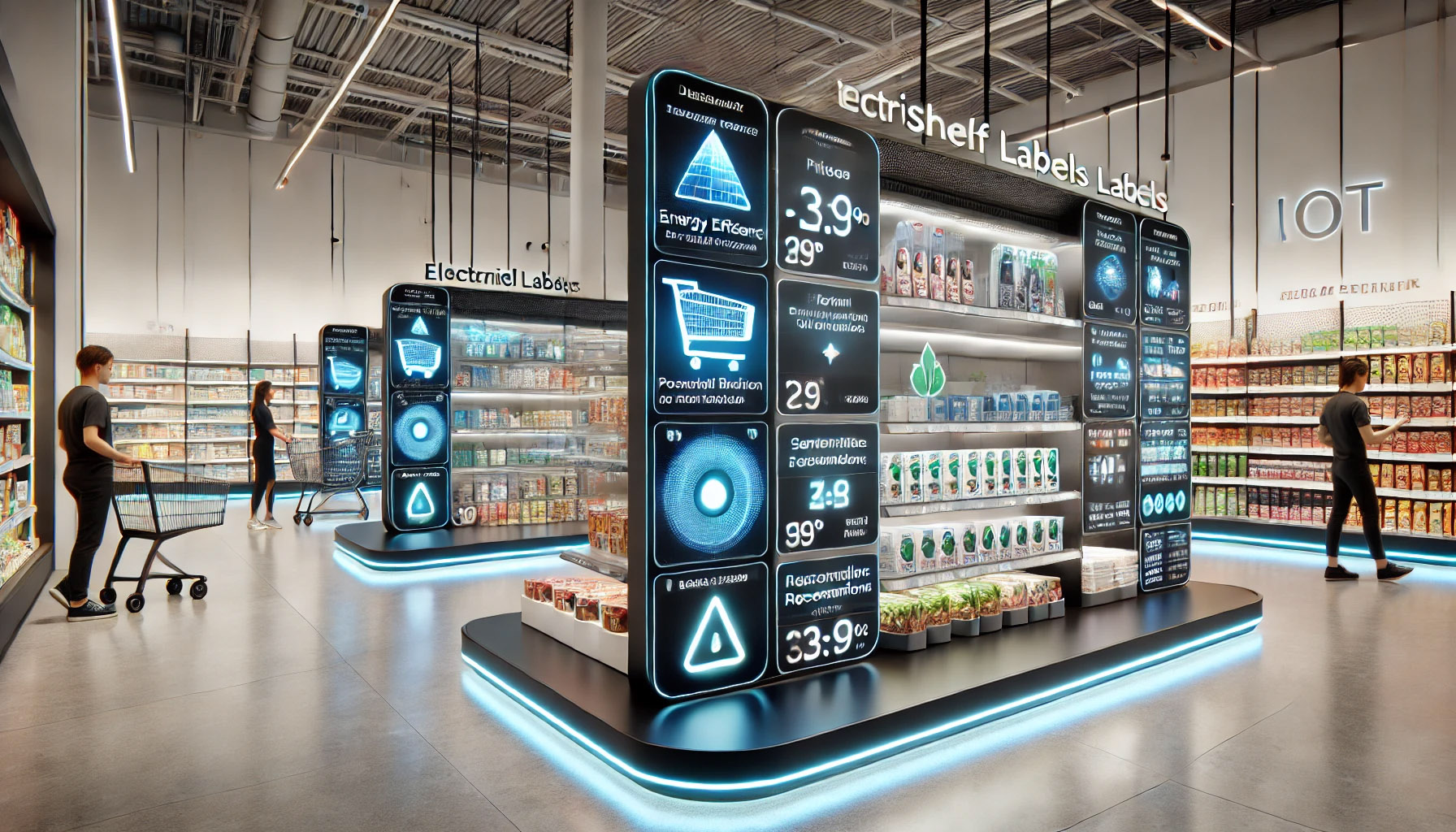
3. Dynamic Pricing Driven by AI and Market Insights
Gone are the days of fixed prices. With AI-integrated ESLs, pricing will become fluid and responsive to real-time market conditions. ESLs will automatically adjust prices based on factors such as competitor pricing, stock levels, time of day, or even weather forecasts.
For example, if rain is forecasted, umbrellas and raincoats could instantly display a slight price hike. Alternatively, perishables nearing their expiration date will automatically offer steep discounts to reduce waste. Retailers can boost profitability while minimizing loss, optimizing sales in real-time with minimal human intervention.
4. Intelligent Inventory and Autonomous Stores
With ESLs becoming part of a vast IoT network, retail shelves will evolve into self-monitoring, intelligent systems. Each label will communicate directly with the inventory system, ensuring stock is replenished automatically. RFID sensors embedded in products and ESLs will help track shelf levels and signal alerts when products are misplaced or running low.
In this future, autonomous retail stores may emerge, where robots stock shelves based on signals from the ESLs, and customers check out via contactless payment systems—without ever interacting with cashiers. This seamless integration between technology and retail will create hyper-efficient operations, offering a frictionless shopping experience.
5. Sustainable Innovation: Solar-Powered and Self-Sustaining ESLs
As sustainability becomes a priority, future ESLs will rely on solar energy and wireless power transmission to operate autonomously. Imagine stores illuminated by ESLs powered by ambient light—no more batteries to replace or electricity costs to worry about.
Moreover, smart labels will adjust brightness and display modes based on store traffic and energy usage needs. During off-peak hours, ESLs could switch to energy-saving modes, ensuring environmental impact remains minimal. Retailers who adopt these solutions will benefit from lower operational costs while aligning with consumer expectations for eco-friendly practices.
6. Predictive Maintenance and Self-Healing Systems
Through AI-driven predictive maintenance, ESL systems will detect malfunctions before they occur, allowing for proactive repairs. Self-healing algorithms may even enable ESLs to temporarily reconfigure themselves if some units fail—ensuring uninterrupted operations and minimal downtime.
In advanced stores, holographic displays powered by ESL systems could act as backups, projecting prices or promotional messages onto shelves. This level of adaptability will not only ensure high uptime but also introduce futuristic visual aesthetics into retail spaces.
7. Community-Connected Retail: Bridging the Digital and Physical World
In the future, ESLs will be connected not just to individual stores but to larger digital ecosystems. Community hubs, marketplaces, and brands could use ESL networks to promote local events, community programs, or charity initiatives. For example, an ESL display might feature an announcement for a local farmer’s market or promote a community-driven sustainability campaign.
This creates a sense of belonging and shared values, transforming retail stores into community engagement platforms rather than mere commercial spaces.
8. AI-Enhanced Emotional Design for ESL Interfaces
The ESLs of tomorrow will go beyond basic text or numbers—they will be emotionally responsive interfaces. Using sentiment analysis and machine learning, ESLs can recognize patterns in customer behavior and respond accordingly. For instance, if a customer appears frustrated after comparing prices, the ESL might flash a “Need Help?” message or offer extra discounts to mitigate negative emotions.
Through adaptive content, ESLs can create emotionally intelligent interactions, fostering positive experiences and deeper connections between consumers and brands.
9. Interconnected Loyalty Across Physical and Digital Platforms
Future ESLs will seamlessly link online and offline loyalty programs, creating a unified shopping journey. For example, a customer browsing an online store could receive personalized in-store discounts via ESLs when visiting a brick-and-mortar location. ESLs will also integrate with social media platforms, enabling influencers and shoppers to share real-time product recommendations displayed directly on store shelves.
This interconnected ecosystem will empower consumers to move fluidly between digital and physical spaces, reinforcing the omnichannel shopping experience that defines the future of retail.
Conclusion: Toward an Intelligent, Immersive, and Sustainable Retail Future
The future of electronic shelf label technology is bright, brimming with infinite possibilities. ESLs are destined to become far more than passive price displays—they will evolve into interactive, AI-powered nodes that enhance retail efficiency, foster personalized experiences, and align with sustainable goals. From dynamic pricing and augmented reality to solar-powered innovations and emotional design, ESL technology will reshape retail environments to be more responsive, engaging, and future-ready.
In this new era, retailers who harness the full potential of ESLs will not only thrive but also lead the charge in creating a smarter, greener, and more connected retail world. The question is no longer if ESLs will transform retail—but rather how far this transformation can go.

